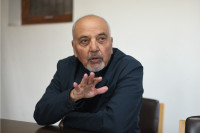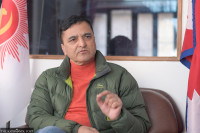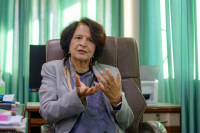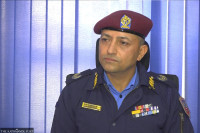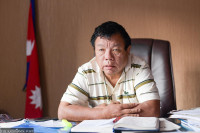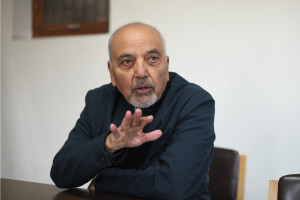Interviews
Sagarmatha Sambaad is a learning opportunity for Nepal
Without international finance, it won’t be possible to implement the kind of intensive mitigation and adaptation measures developing countries need.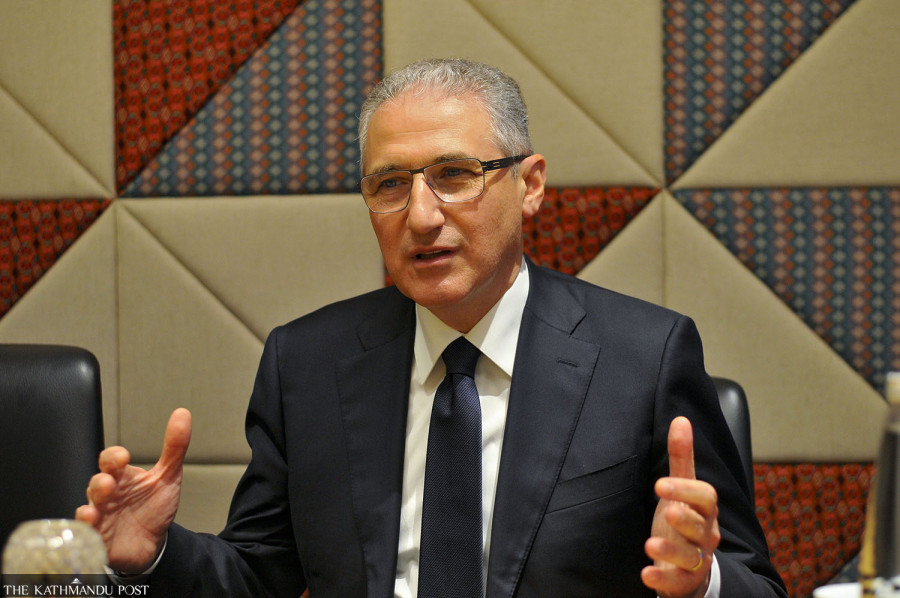
Aarati Baral
Nepal’s mountains have less snow and the country’s glaciers are retreating at an alarming rate. The Himalayas warm 0.3-0.7 degrees Celsius faster than the global average. Nepal’s rivers are vital for millions of people downstream in South Asia. Climate change-induced disasters are becoming more frequent.
The Post’s Aarati Baral met with Mukhtar Babayev, COP29 President, on the sidelines of the Sagarmatha Sambaad to discuss climate change, its impacts on the most vulnerable developing countries like Nepal, outcome of COP29 and the loss and damage fund.
The Conference of the Parties 29 (COP29) was held in Baku, Azerbaijan, in 2024. What were its major outcomes?
COP29 in Baku was a really interesting journey for Azerbaijan and our team. Our priority was transparency and inclusivity. We focused on providing all parties, all the countries, and all the participants a chance to participate in the discussions and negotiations, and ensuring every necessary condition and platform to talk with other parties—to discuss the priorities, different topics and urgent issues on the climate agenda.
The main topic was the New Collective Quantified Goal (NCQG)—the new climate finance goal. After long discussions and intense negotiations, the parties and countries agreed on a donation of at least $300 billion to the developing world from public sources, from developed countries and donor countries. Our special focus was assisting small island developing states (SIDS) and the least developed countries (LDCs). The President of the Republic of Azerbaijan, his excellency Ilham Aliyev, also stressed it in his speech and his vision.
We also discussed carbon market rules and agreed on the regulations. The third issue was the operationalisation of the loss and damage fund. These funds have already begun operating. During the Sagarmatha Sambaad, we had one panel related to operationalisation of the loss and damage fund. The fund director also reported the activities and funding plans to the audience.
Another critical issue was liberalising, modernising, or reforming the climate finance procedures. Developing countries point to difficulties in accessing money due to lengthy procedures, legalisation of documents, etc. We discussed how to make access to finance easier for small island developing states and LDCs. Gender and climate issues, adaptation, mitigation, and others were also discussed. However, Baku’s main priorities were to decide on financial resources.
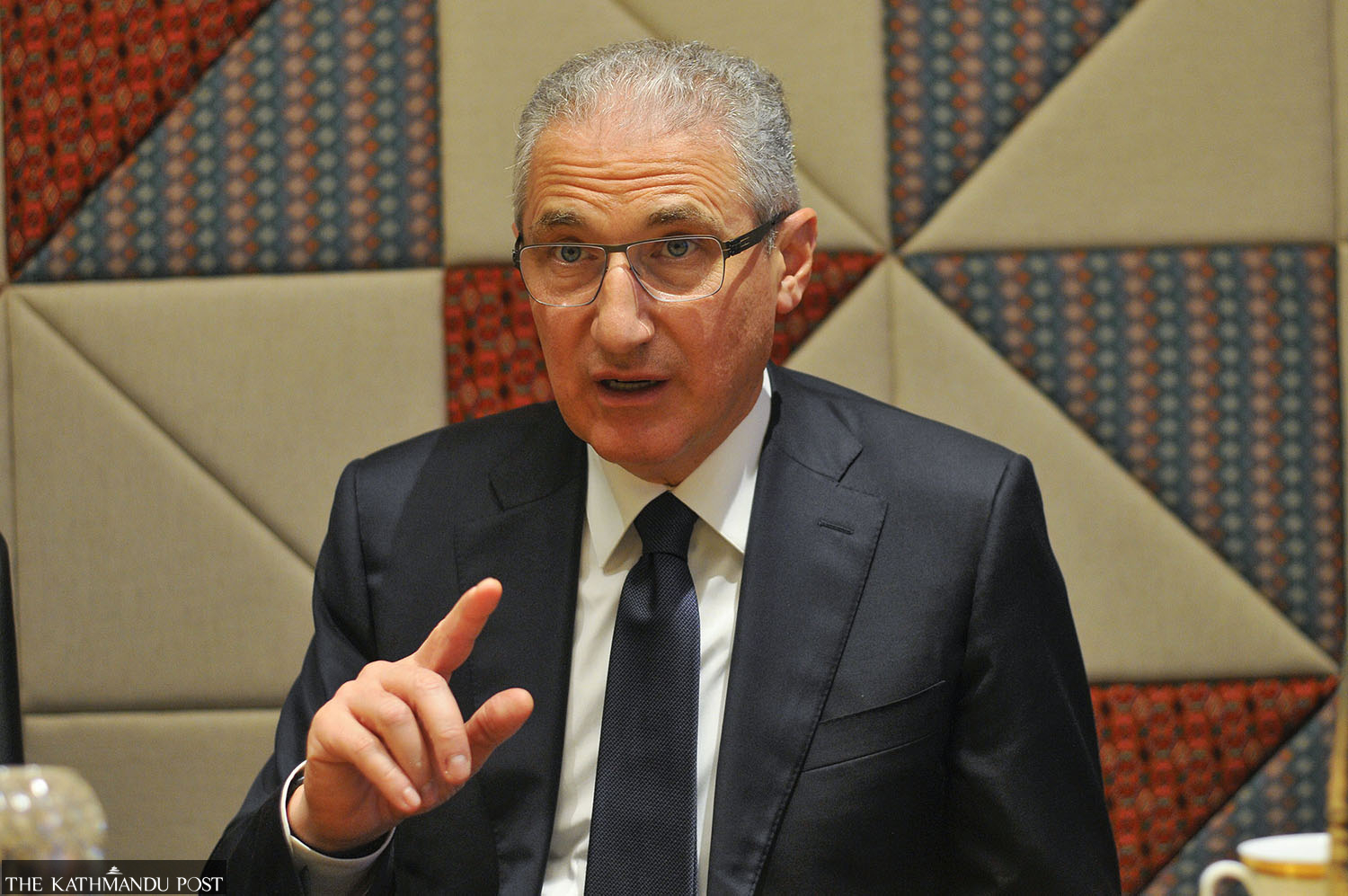
How do countries like Nepal benefit from climate finance? What steps should be taken to ensure the money reaches the communities that need it the most?
Nepal is quite vulnerable to climate change. The focus of COP’s activities, discussions, and the climate agenda is to help the countries most vulnerable to climate change. This year, we travelled to different parts of the world, from the Caribbean to the Pacific, Africa to South America, North America, and other countries. We saw first-hand the impact of climate change in these countries.
Donor countries, international financial institutions and multilateral development banks must mobilise all resources to assist these countries and vulnerable communities, including Nepal. We believe that our visit to Kathmandu, the discussions held here and messages to international organisations will also highlight Nepal as one of the most important countries in need of assistance.
Isn’t it also vital for countries to mobilise their own resources and funds to fight climate change?
You are right. Unfortunately, the budgets set aside by developing countries on adaptation and mitigation are not enough. Without international finance and support, it won’t be possible to find lasting solutions or implement the kind of intensive mitigation and adaptation measures they need.
Nepal is one of the most climate-vulnerable countries. It is currently dealing with glacier retreats, erratic rainfall and extreme weather events like floods and landslides. What is the role of rich countries and international climate-related organisations in saving the Himalayas and its vulnerable communities?
The impacts of climate change on glaciers and water resources are big, and sometimes catastrophic in sectors like agriculture. The situation in other regions isn’t good either. The same thing is happening in the Pamir, the Andes and the Alps. Global warming impacts glaciers in different parts of the world. Snow caps are diminishing each year, including in Azerbaijan. In our Caucasus areas, we experience less and less snow annually. Our expedition to the mountains and our measurements give us a negative picture of reserves of solid water in the mountains.
Mobilising resources and capacities and taking adaptation measures are necessary, at least to slow down this process. More early warning systems would also be crucial in Nepal and the South Asian region. I believe the UN and international organisations can help Nepal and other countries in the region prepare such an important system.
Even as the developing countries need $1.3 trillion by 2035 to help them take up adaptive and mitigating measures against climate change, only $300 billion was promised in COP29. Wasn’t this too little in terms of the rich countries’ pledge for the global south?
Previously, in 2009, 15 years ago, $100 billion was pledged. In 2022, the figure reached above $100 billion for the first time. And in 2024, donor countries at first proposed only $250 billion. In this case, we started working with our partner countries to push the donor countries in the global north to increase their contributions. Finally, after long discussions, we agreed on at least $300 billion. That is not a fixed figure; it can be more than $300 billion.
But you are absolutely right. There were expectations from different countries, especially the developing world, that the financing would be in trillions. With the requests and demands from developing countries, it was also decided that the COP29 and COP30 teams would prepare a special Baku-to-Belem programme—to increase the contributions from $300 billion to $1.3 trillion. We need other stakeholders, such as multilateral development banks, international financial institutions, and the private sector to bridge the gap between $300 billion and $1.3 trillion.
We have started working on this programme with the Brazilian team [who are hosting COP30] and talked to all parties on their recommendations, comments, and possible advice on developing this programme properly. However, it is still in development.
American President Donald Trump issued executive orders earlier this year to withdraw the country—the second-largest greenhouse gas emitter in the world—from the Paris Agreement. What does this mean to the world’s fight against climate change, and for the loss and damage funds?
We saw a similar initiative by the US in 2017. We have great respect for all countries and their positions. But at the same time, we understand the challenges and risks emanating from this position.
The US is a big emitter of greenhouse gases. We would like to see all countries on board. If not, we have other countries to work with. That’s why we need to think about mobilising all other resources and capacities in different countries—because climate change has not finished. Climate change is a daily occurrence, demonstrating its strength and frequency. That’s why we need to unite. We need to promote and support multilateral approaches, multilateral discussions and mutual platforms, such as the COP.
What significance does Sagarmatha Sambaad hold as the world prepares for COP30? How can Nepal capitalise on this discussion?
Discussing climate issues here in Nepal is crucial. We had several panels, and we participated in discussions and gave speeches. As a keynote speaker, I had a chance to make an intervention. We met with the parties, climate specialists and scientists. All the participants—country leaders and ministers—expressed their worries and concerns over the glaciers in the Himalayas. That’s why it is timely for the government of Nepal to organise such an important meeting.
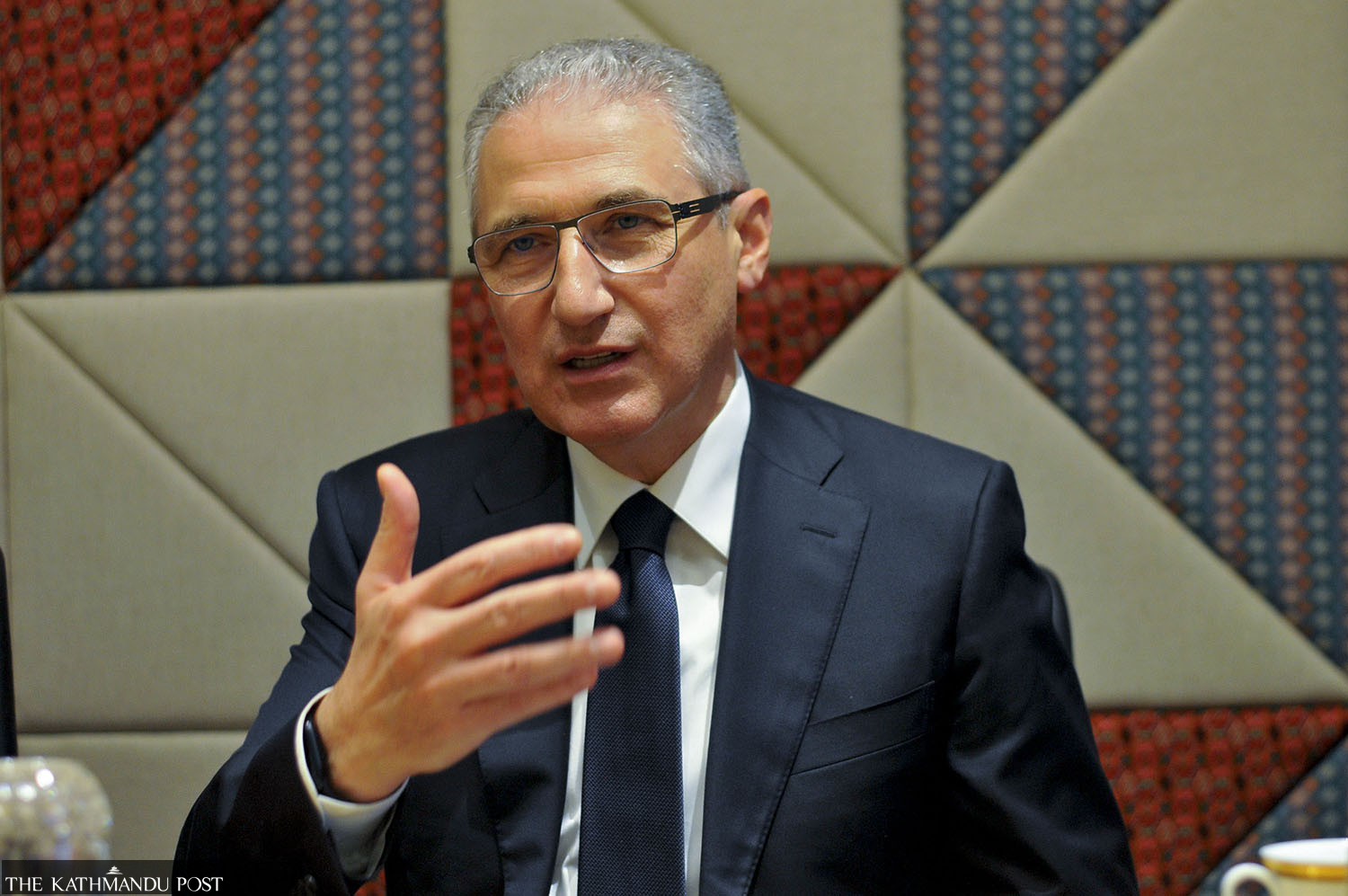
This meeting is crucial for Nepal, and it is now essential for the country to mobilise resources, engage scientists, learn from the discussions and enhance capacities to prepare adaptation measures as it is not possible to stop climate change, or to postpone it. It is moving very fast, and as you mentioned, global warming is causing significant changes in the environment, substantial changes in biodiversity and major changes in glaciers and other aspects of our daily lives.
At the same time, it was a great pleasure for all of us, especially for the COP29 members, to receive the new Nationally Determined Contributions (NDC) from Honourable Prime Minister KP Oli. He presented this document to the COP29 team, and it’s very ambitious. I think it demonstrates how Nepal is planning to contribute to nature and the climate, and motivates maximum mobilisation of resources to address these problems.
First of all, it is important to organise such forums in different parts of the world. Since the start of this year, we have already visited various countries in Africa, Europe, the US and Latin America. It is also crucial to focus discussions in Asia. Especially in this region, it is vital to bring the challenges, impacts, requests and needs of the countries into the international agenda.
That’s why I think it’s so important that we support such a significant event in Kathmandu. I believe this also conveys another positive message within the context of the preparations for and for COP30 itself. It’s essential to place issues such as the protection of glaciers and water resources at the centre of discussions during COP30 in November.
What are the major roadblocks to climate action?
There are several challenges. Sometimes, we face different approaches and contradictory opinions. I mentioned at the beginning of the interview that one of our priorities during COP29 was inclusivity. We wanted to give all stakeholders, all actors, the chance to participate in the discussions and negotiations. Governments, non-governmental organisations, women’s organisations, representatives of civil society, indigenous peoples, and others found it important to ensure inclusivity and support all countries in developing and presenting their messages and priorities.
I see mistrust as the most important issue. But the mission for CO29 and COP30 remains the same: To build a bridge between the countries, create an interconnection and establish trust between the parties.




 18.12°C Kathmandu
18.12°C Kathmandu

